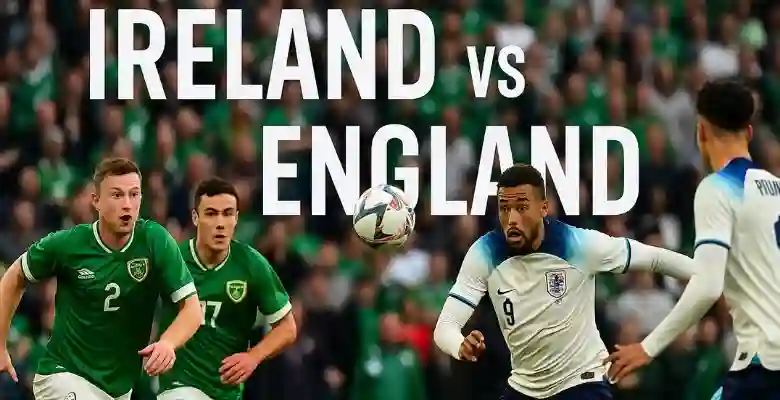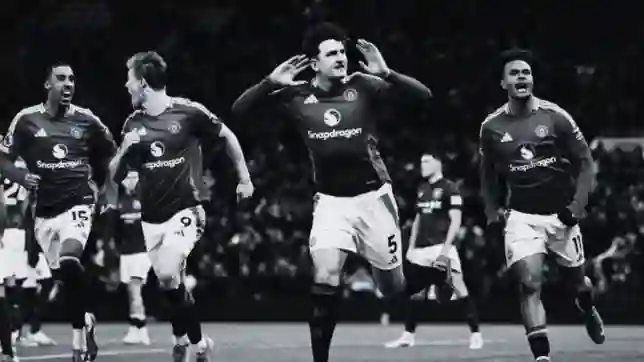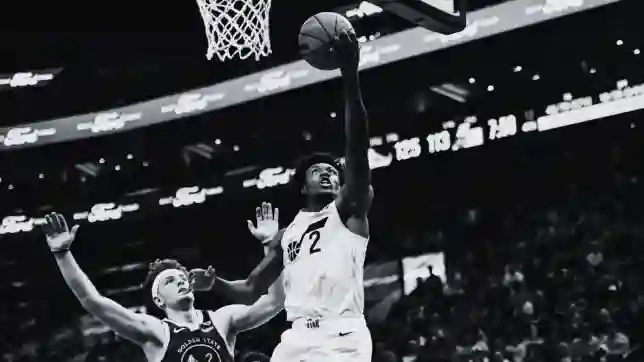
England vs Ireland
Few rivalries carry as much emotional weight, historical depth, and cultural resonance as England vs Ireland. It’s more than a sports fixture or a political headline — it’s a centuries-old narrative of two neighbors forever intertwined by geography, history, and heart. From rugby fields to football pitches, from ancient treaties to modern trade, this story is one of rivalry, resilience, and reconciliation.
The Origins of an Uneasy Kinship
Shared Roots, Diverging Paths
The story of England vs Ireland begins long before stadium chants and diplomatic handshakes. These islands, separated by just a sliver of the Irish Sea, share a lineage that dates back thousands of years. Celts, Vikings, and Normans crossed these waters long before borders hardened. But as England grew into an empire, Ireland became one of its earliest colonies — a dynamic that shaped centuries of conflict and cultural identity.
England’s expansion wasn’t merely territorial; it was psychological. To the English crown, Ireland represented both a neighbor and a strategic vulnerability. To the Irish, England symbolized an intrusive power, one that sought to rewrite their story in a foreign tongue. That tension still ripples through modern conversations — whether in politics, sports, or art.
The Political Field: From Division to Dialogue
Echoes of Independence
When we talk about England vs Ireland, it’s impossible to ignore the historical backdrop — the centuries of English rule, the Great Famine, and the fight for Irish independence. The Easter Rising of 1916 was more than a rebellion; it was a declaration of identity. By 1922, Ireland had claimed its freedom, yet the partition left Northern Ireland within the United Kingdom — a decision that sowed seeds for decades of division.
The Troubles in Northern Ireland, spanning the late 20th century, remain one of the most painful chapters in the England-Ireland relationship. Yet even amid violence, there was dialogue. And in 1998, the Good Friday Agreement emerged as a triumph of diplomacy — proof that even the fiercest rivalries can give way to cooperation.
The Sporting Stage: Where Rivalry Finds Its Rhythm
Rugby: Brotherhood Through Battle
Few spectacles capture the spirit of England vs Ireland like rugby. Every Six Nations Championship clash becomes a microcosm of history — fierce, physical, yet filled with respect. When the two anthems echo across Twickenham or Aviva Stadium, it’s not just about the game; it’s about pride, memory, and mutual acknowledgment.
Irish players often talk about how beating England “means a little more.” English players, in turn, recognize Ireland’s rise as one of the sport’s great stories — a nation that turned pain into performance. The 2018 Grand Slam, sealed by Ireland’s victory at Twickenham, wasn’t just a win; it was a statement of arrival.
Football: From Conflict to Celebration
In football, England vs Ireland has evolved from tense encounters to symbols of camaraderie. The 1995 friendly in Dublin was marred by violence — a reflection of old wounds. Yet years later, the 2013 friendly was a celebration of unity. Fans mingled, songs blended, and for once, the rivalry felt like shared heritage rather than hostility.
Cultural Connections: Beyond the Borderlines
Language, Literature, and Legacy
Despite centuries of conflict, the England vs Ireland narrative is also one of cultural cross-pollination. Ireland gave the world literary giants like James Joyce, W.B. Yeats, and Seamus Heaney — writers who often used England as both muse and foil. Meanwhile, English audiences embraced Irish art, humor, and storytelling.
Modern Ireland’s influence on English culture — from music to cinema — is profound. Artists like Bono, Sinéad O’Connor, and Saoirse Ronan embody the creative exchange that transcends politics. The rivalry, in this sense, has become a dance — one that produces innovation rather than division.
Economic and Social Evolution
From Colonial Trade to Economic Partnership
In the 21st century, England vs Ireland no longer means dominance and resistance — it often means competition and collaboration. Ireland’s economic boom, the “Celtic Tiger” era, showcased a nation no longer in England’s shadow but competing on equal footing. English firms now invest heavily in Dublin’s tech ecosystem, while Irish entrepreneurs thrive in London’s markets.
Brexit added a new twist. The Irish border became a central issue in negotiations, reigniting old debates about sovereignty and identity. Yet, the dialogue that followed showed maturity — two nations that, while distinct, now navigate challenges as partners rather than adversaries.
Sport as a Mirror of Modern Identity
The beauty of the England vs Ireland rivalry lies in its evolution. Today’s contests — whether in cricket, rugby, or football — are marked by mutual respect and sportsmanship. Rivalry no longer means resentment; it means recognition.
When Ireland defeated England at Lord’s in cricket, English fans applauded. When English players honored Irish legends, it reflected how far the relationship had come. The rivalry, once defined by colonization, is now defined by competition that uplifts both sides.
The Psychology of Rivalry
Like Malcolm Gladwell might observe, the England vs Ireland story is really about the psychology of proximity. Rivals, especially neighbors, sharpen one another. England’s institutional power forced Ireland to find strength in creativity and community. Ireland’s defiance, in turn, reminded England of humility and empathy.
Their rivalry illustrates an important human truth: closeness breeds both conflict and connection. It’s the paradox of familiarity — the more two nations share, the more they must redefine who they are apart.
Lessons for the Future
The relationship between England and Ireland offers lessons far beyond the British Isles. It shows how former rivals can transform through empathy, collaboration, and shared progress. Whether through the peace process or through sport, England vs Ireland demonstrates that competition can coexist with compassion.
In an era defined by polarization, their story is a reminder: history may divide, but humanity unites.
Beyond Rivalry, Toward Renewal
The journey of England vs Ireland has traveled from conquest to cooperation, from bitterness to brotherhood. Today, their rivalry stands as a symbol of what’s possible when two proud nations choose respect over resentment.
History wrote their tension; time has rewritten their trust. And as long as the Irish Sea separates them — and sport brings them together — the story of England vs Ireland will continue to remind the world that rivalry, when grounded in respect, can be the greatest teacher of all.
FAQs
Q1. Why is the England vs Ireland rivalry so significant?
Because it spans centuries of political, cultural, and sporting history, reflecting both nations’ struggles and shared evolution.
Q2. Which sports best showcase the England vs Ireland rivalry?
Rugby and football, where national pride and historical context blend to create some of the most passionate matches in the world.
Q3. How has the relationship between England and Ireland changed in recent decades?
It has transformed from colonial tension to partnership — politically, economically, and culturally — especially after the Good Friday Agreement.
Q4. What can the world learn from the England vs Ireland story?
That rivalry can be a force for growth. With dialogue, respect, and shared vision, even old adversaries can build lasting friendship.



